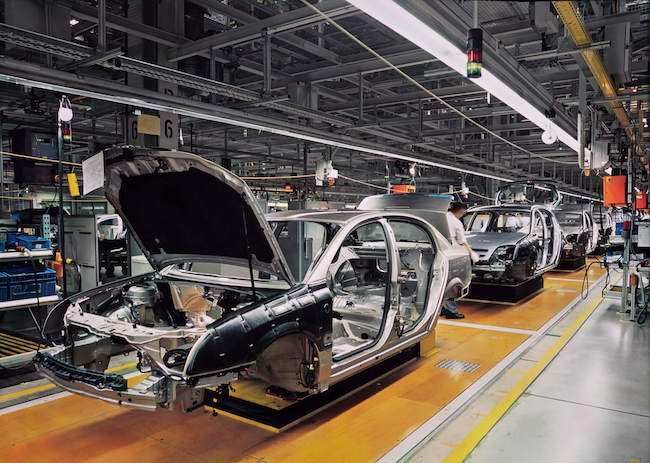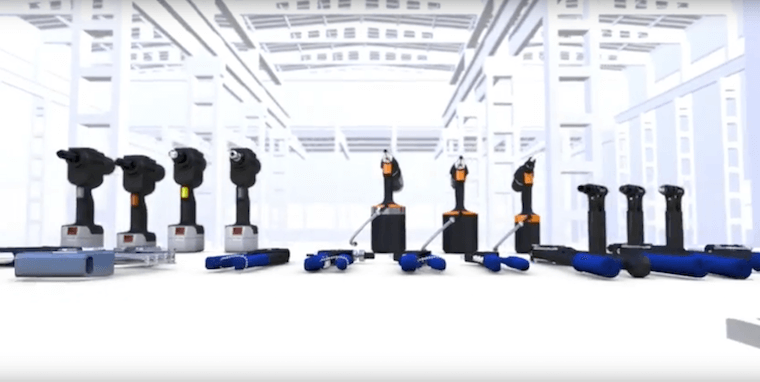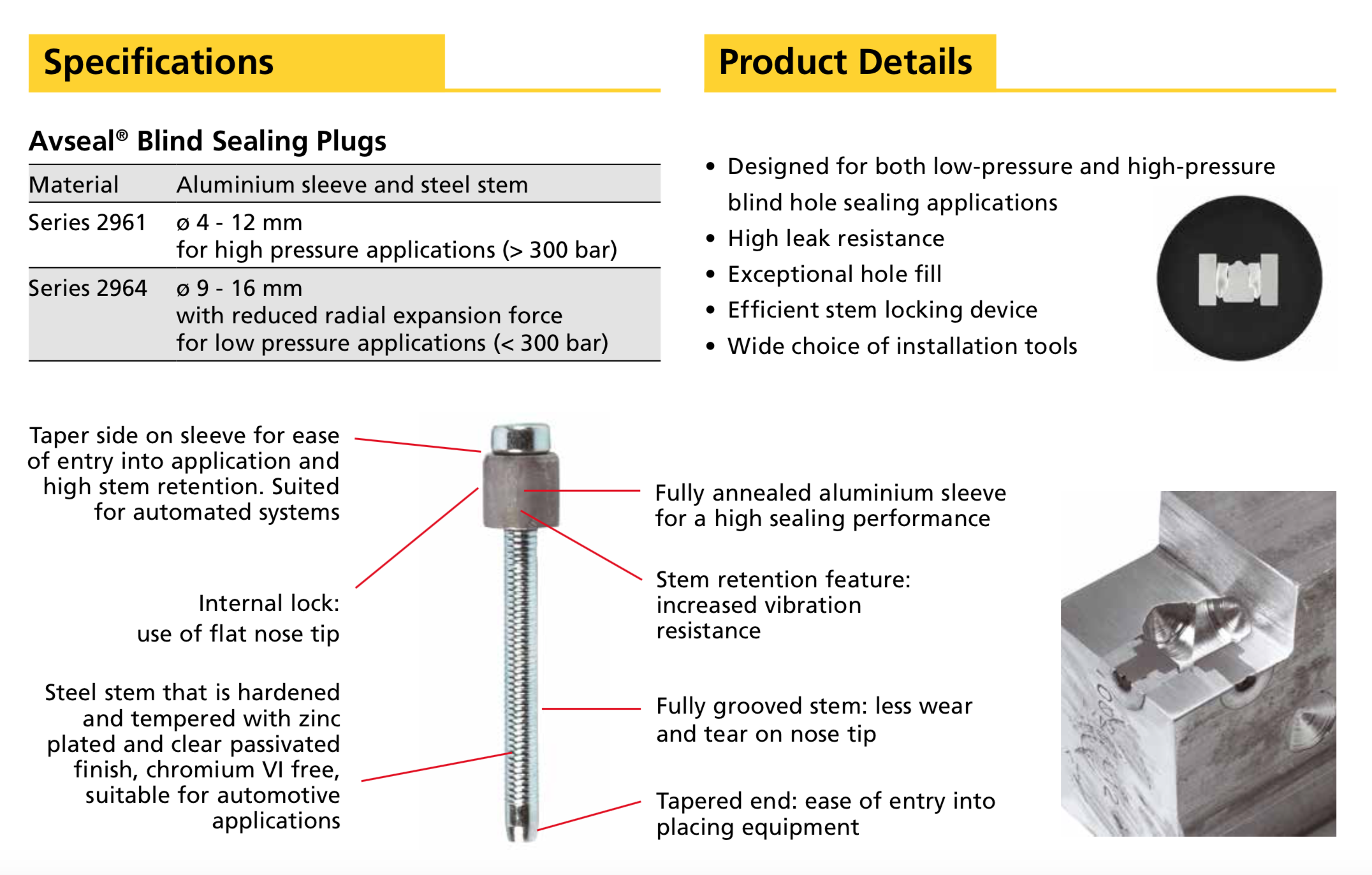“Plastics.”
This is perhaps the second-most famous quote from The Graduate, right after “Mrs. Robinson, you’re trying to seduce me!” This advice on what Dustin Hoffman’s character should focus on his future was played for a few laughs, but was also sage: Five decades later, plastics are everywhere, including industrial applications.






